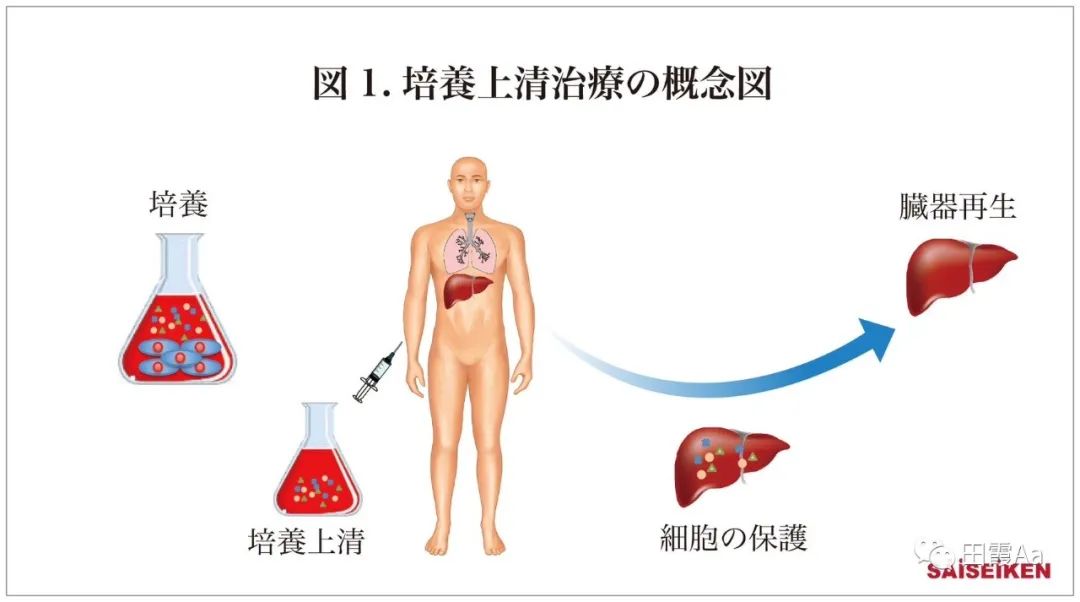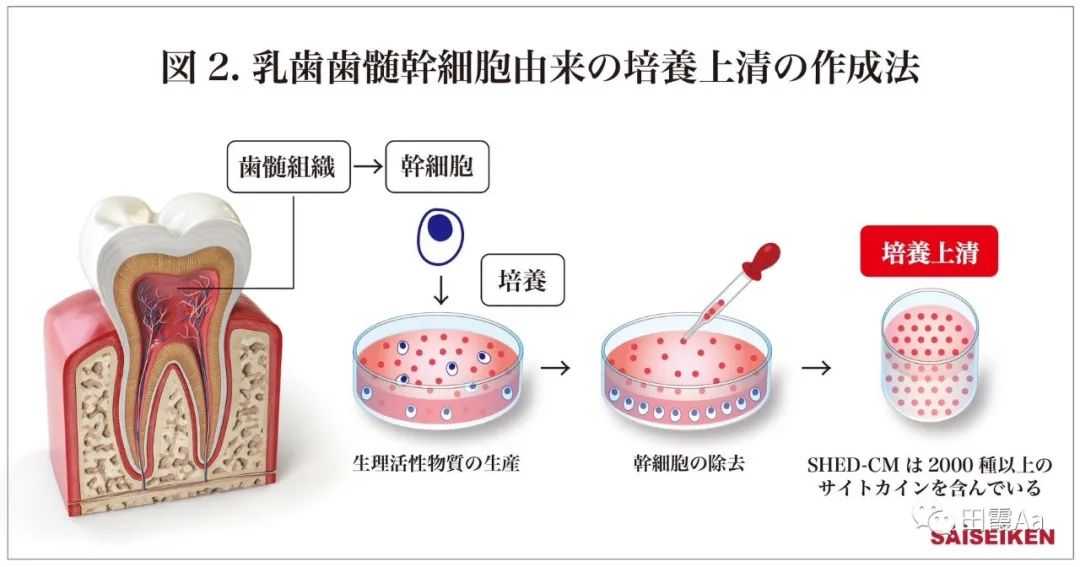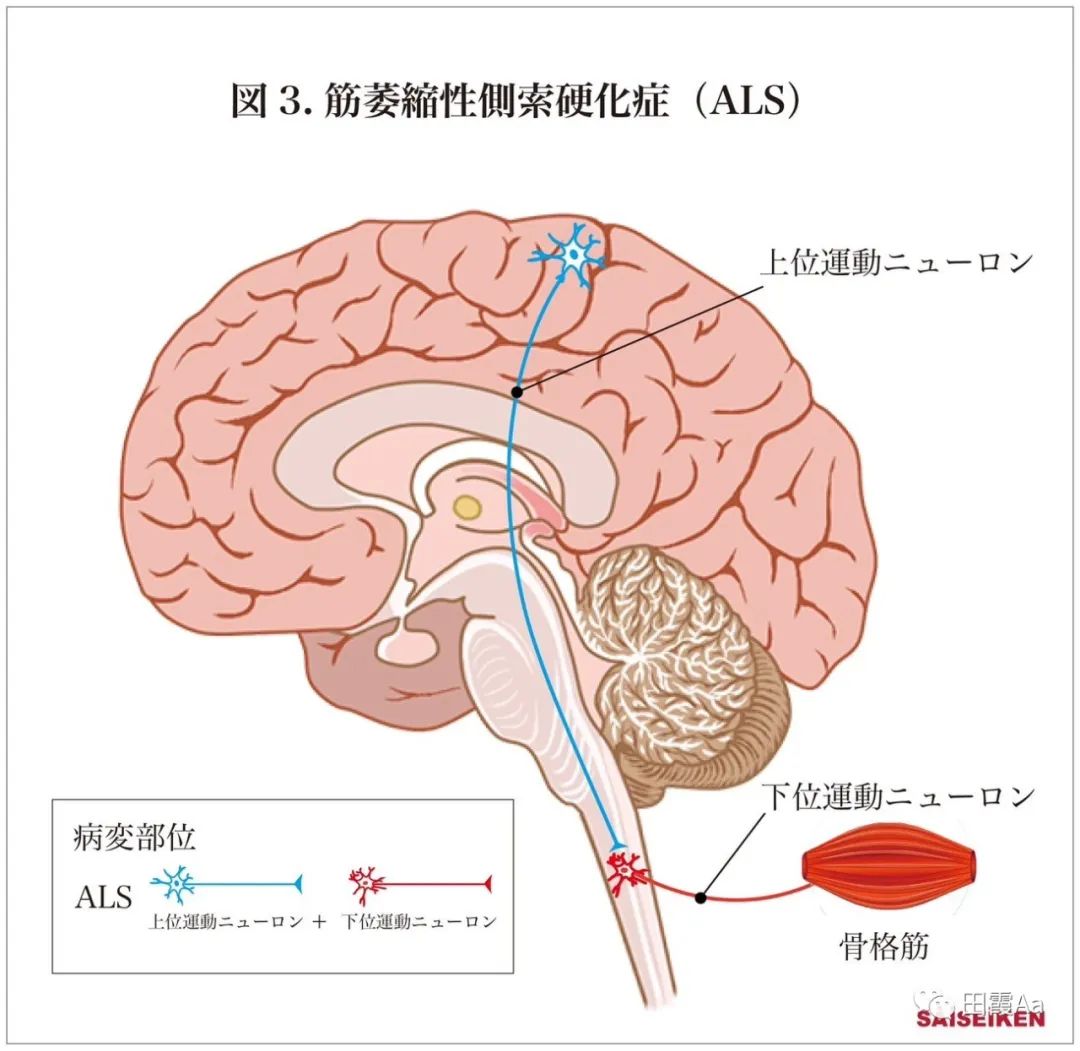
ALS (amyotrophic lateral sclerosis) is a degenerative disease of the motor nervous system in which both upper and lower neurons are attacked. The main clinical manifestations are gradual muscle atrophy and weakness, and eventually death due to respiratory failure. The disease progresses rapidly in most patients, with about half dying within three to four years of onset. ALS affects about 1 to 2 in 100,000 men more than women, and most patients develop it in their 50s, but it can occur at any age after puberty.
ALS can be divided into three main types: upper limb type (common type), the main symptoms of upper limb muscle atrophy and muscle strength decline, lower limb contracture; Spherical (progressive bulbar paralysis), the main symptoms are dysarthria and dysphagia and other spherical symptoms; Lower extremity type (pseudopolyneuritis), onset from lower extremity, early lower extremity tendon reflex decline or disappearance, lower extremity motor neurons are positively damaged.
Although the disease was described by renowned neurologist Charcot more than a hundred years ago, why motor nerve cells are harmed remains a mystery. For years, there was little doctors could do about the disease, and patients were left to die once diagnosed. However, in the past two decades, many new discoveries have been made in the study of ALS, based on which a variety of hypotheses of pathogenic mechanisms have been formed. Based on these assumptions, many different drugs have been used to try to treat ALS, and while most have had disappointing results, a few treatments have offered a glimmer of hope for patients.
Nagoya University Professor Ueda Mi and his research team used supernatant derived from stem cells derived from the pulp of the mastoid tooth (SHED-CM) to strongly inhibit inflammation of the brain and spinal cord, and have clearly shown significant effects on Alzheimer's disease and chronic cerebral infarction by improving the loss of nerve cells and decreased motor ability. Based on these findings, it can be speculated that SHED-CM may be a new therapeutic approach to activate nerve cells and restore motor ability in ALS.
Previously, Professor Ueda and his research team used SHED-CM in the treatment of ALS, and the results showed that the rapidly deteriorating respiratory function was greatly stabilized, and the limbs and neck spasms were relieved and the range of motion was improved. Professor Ueda has written a detailed manuscript of this case in the American scientific journal Neurology and Neuro Rehabilitation. As a new regenerative medicine, culture supernatant therapy has attracted a lot of attention (Figure 1).

Among them, SHED-CM, which is made of mastodon pulp, contains a variety of neurotrophic factors and has effects of neuroprotection, axon extension, neurotransmission promotion and immunosuppression (Figure 2).。

The following is an introduction to the published cases. First of all, this case has three characteristics: ① The world's first ALS treatment using culture supernatant derived from mastodon stem cells. ② The respiratory function is greatly stabilized and the whole body stiffness caused by spasm is improved, and the automatic movement of the joint is restored. ③ Stem cell culture supernatant therapy has identified the potential to become a new type of regenerative medicine to replace stem cell therapy.
Background: ALS is a rare neurological disease with unknown causes, mainly affecting middle-aged and older men. Due to the degeneration of motor nerves (upper motor neurons and lower motor neurons), the throat, voice, breathing and other functions are lost. After onset, the disease progresses steadily and cannot be stopped, usually leading to death within 3 to 5 years, and is a serious disease (Figure 3). It is estimated that there are about 9,000 patients in Japan and about 400,000 worldwide, but there is no effective treatment for ALS, which is considered to be listed as the most important "unmet medical need" representative of the disease. As the disease progresses, one of the most troubling symptoms for patients and caregivers is Spasticity Contracture (stiffness of joints throughout the body and inability to move). Spasticity is one of the symptoms unique to ALS and greatly affects patients' quality of life (QOL) and activities of daily living (ADL). To date, there have been few reports of improving spasticity through drugs or cell transplantation, so this case is considered to be the first successful case in the world.

The patient (68 years old, male) noticed muscle atrophy and dyskinesia in his extremities around February 2019 and subsequently sought treatment at a local hospital. The attending doctor decided that a thorough examination was necessary, so he referred the patient to the neurology department of Yokohama City University Hospital, a major hospital in Yokohama. Various tests were performed at the hospital, including electromyography, magnetic resonance imaging (MRI), and respiratory function tests. He was diagnosed with ALS in June 2020. Subsequently, the patient was referred to the Department of Neurology at Kitasato University Hospital, where, although under careful observation, her symptoms continued to worsen. As the family wanted to try a new treatment, they were introduced to Professor Ueda and his partner hospitals in January 2021.
The patient's respiratory function decreased dramatically, with a rate of decrease in breathing volume ranging from 66.5% (June 2020) to 46.1% (August of the same year), accompanied by general stiffness caused by spasms. Upon confirmation of rapid progression of the disease, treatment with SHED-CM was initiated based on the informed consent of the patient and family.
Nasal administration of SHED-CM began in January 2021, and intravenous drip therapy began in September of the same year. The treatment results showed that the acceleration of the disease, including the decline of respiratory function, was well controlled. During the first week after intravenous drip therapy began, a reduction in spasticity of the limbs and neck and an increase in the range of motion of the joints were observed, followed by continued improvement in symptoms (Figure 4).

As of January 2022, respiratory function remained stable (indoor air, SpO₂, 95% +), and spasticity reduction and range of motion were expanded and sustained (Table 1). In the future, we plan to track the progress of nerve regeneration through electromyography and EMG.

Progressive spasticity is a characteristic symptom of ALS, which is associated with inflammation and degeneration of the motor nerves. Although it is possible to delay the progression of the disease, there are no examples of success in halting or improving progress in the past. Especially for elderly patients with ALS of 4 to 5, as in this case, the prognosis has been widely considered pessimistic. However, as with the results of this treatment, the rapidly deteriorating respiratory function was successfully stabilized and improvements in the range of autonomic and passive motion were observed, suggesting that SHED-CM has strong anti-inflammatory and neuroregenerative effects.
The results of the treatment in this case clearly indicate that the administration of SHED-CM may be a promising treatment in neurodegenerative diseases such as ALS, especially in the case of refractory dyskinesia. Future plans include early and middle-aged patients with ALS in the treatment to achieve a full recovery.
[Reference]
1. Mita,T. (2015) Conditioned medium from the stem cells of human dental pulp improve cognitive function in a mouse model of Alzheimer’s disease. Behav. Brain. Res. 293: 189-197.
2. Inoue,T et al.(2013) Stem cells from human exfoliated deciduous tooth derived conditioned medium enhance recovery of focal cerebral ischemia in rats. Tissue Eng.Part A 19:24-29.
3. Shimojima,C. et al .(2016) Conditioned medium from the stem cells of human exfoliated deciduous teeth ameliorates experimental autoimmune encephalomyelitis. J.Immuno.196-8
4. "Amazing regenerative medicine - what is culture superior?" written by minoru ueda
5. 2022 unveiled SAISEIKEN June 12 January 载在 kyodo PRWire new 闻发 cloth on text draft